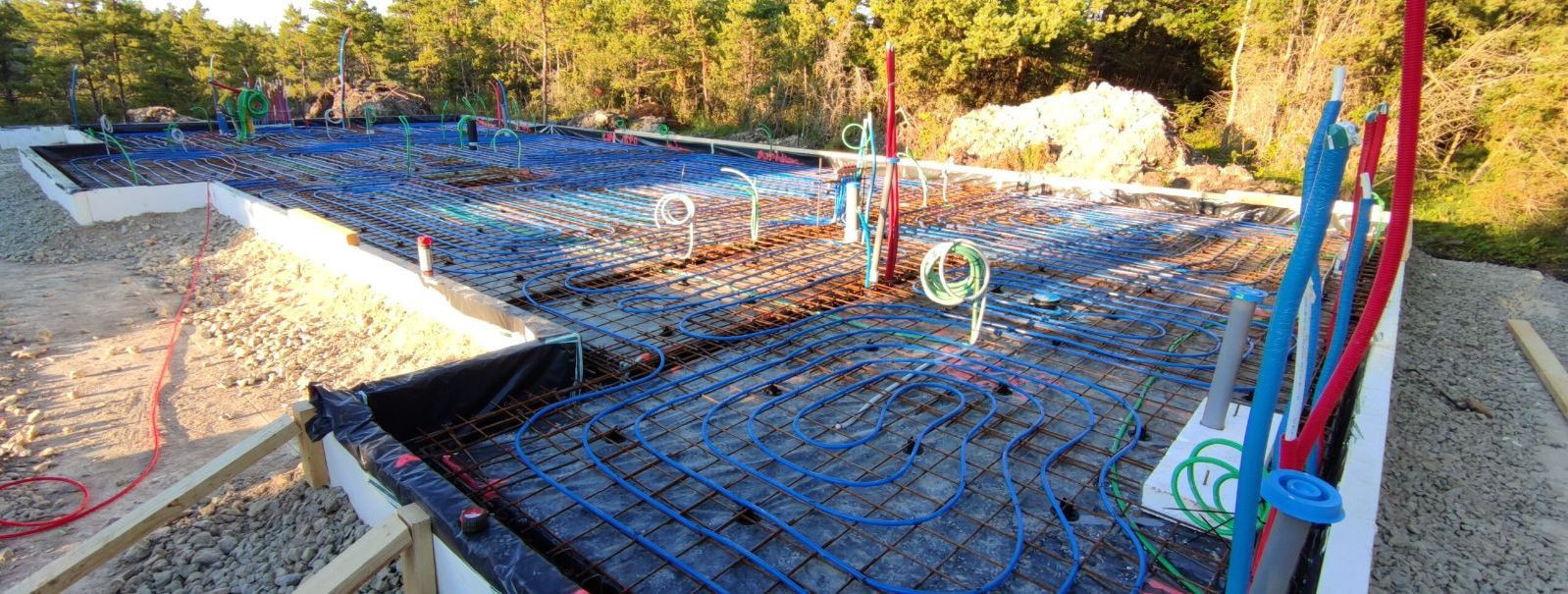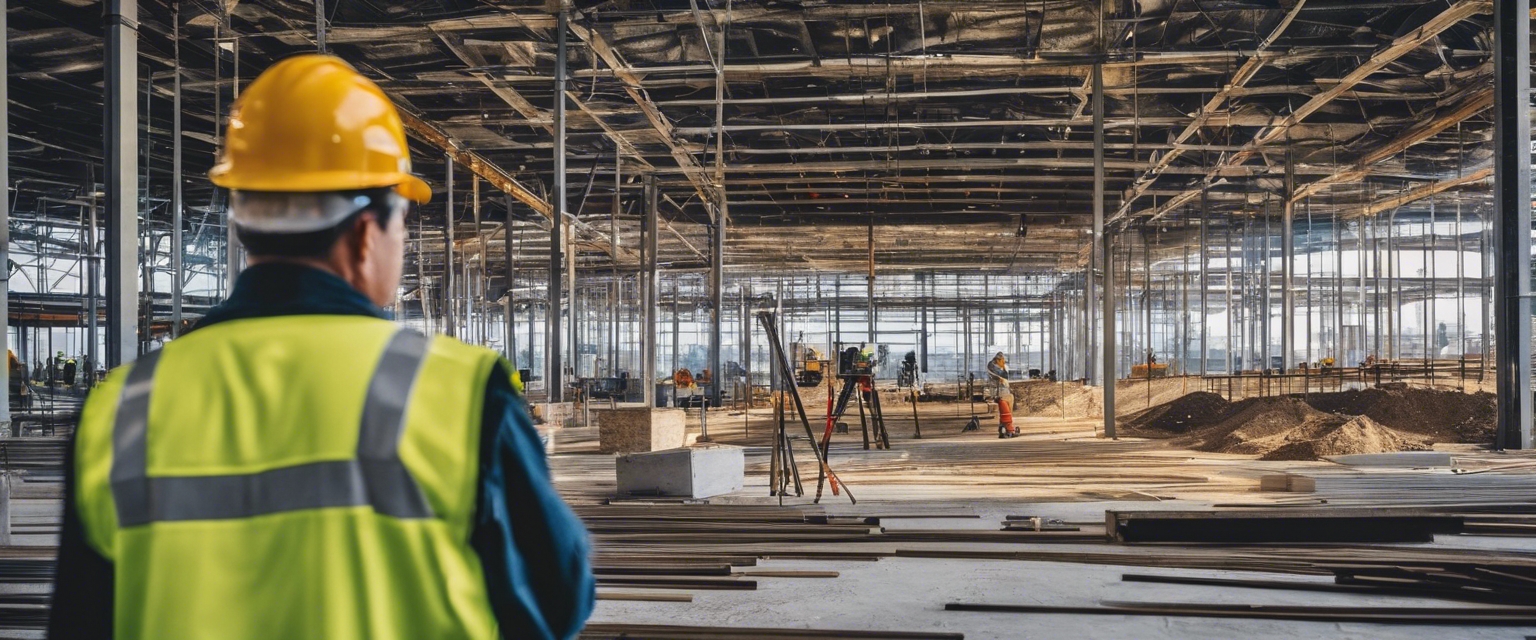The homeowner's guide to planning your dream house
Embarking on the journey to plan and build your dream house is an exhilarating adventure filled with possibilities. It's a chance to create a space that reflects your personality, meets your needs, and stands as a testament to your aspirations. However, without proper planning, what should be a dream can quickly turn into a stressful endeavor. This guide will walk you through the essential steps to planning your dream house, ensuring that the process is as smooth and enjoyable as possible.
Understanding Your Needs and Desires
Your home should complement your lifestyle. Consider your daily routines, hobbies, and social habits. Do you entertain often? Need a home office? Or perhaps a large backyard for your children and pets? Reflecting on these aspects will help you prioritize your needs.
Once you've assessed your lifestyle, create a wish list of features you'd love to have in your new home. Whether it's a fireplace, a spacious kitchen, or smart home technology, this list will guide your design choices and help communicate your vision to professionals.
Setting a Realistic Budget
Financial planning is crucial in the home-building process. Start by determining how much you can afford to spend and how this budget aligns with your wish list. Remember to include the costs of land, design, construction, and interior finishes.
Unexpected costs are a reality in construction. Set aside a portion of your budget for contingencies to cover any unforeseen expenses that arise during the building process.
Choosing the Right Location
The location of your dream home is just as important as the house itself. Consider factors such as climate, natural disasters, and the surrounding landscape. These can all impact your living experience and the design of your home.
Proximity to schools, healthcare, shopping, and entertainment can affect your quality of life. Research the amenities available in your desired area to ensure it meets your long-term needs.
Designing Your Dream Home
Whether you're drawn to modern, traditional, or a unique blend of styles, your home's architecture should be a personal statement. Research different styles and consider how they blend with the location and your lifestyle.
The layout of your home should facilitate a natural flow between rooms, catering to your daily activities. Open floor plans, room placement, and accessibility are all critical factors to consider.
Designing an energy-efficient home not only benefits the environment but can also lead to significant savings on utility bills. Consider incorporating sustainable materials and energy-saving technologies into your design.
Navigating Legal Requirements
Zoning laws can greatly affect your building plans. Familiarize yourself with the regulations in your chosen location to ensure your design complies with local ordinances.
Building a home requires various permits and approvals. Work with your construction partner to identify the necessary documentation and navigate the permitting process.
Selecting a Construction Partner
Choosing the right construction partner is pivotal to realizing your dream home. Look for a team with a strong track record, positive client testimonials, and a portfolio that resonates with your vision.
Clear communication and collaboration with your contractor will ensure that your project stays on track and aligns with your expectations. Establish a communication plan from the outset to foster a successful partnership.
Managing the Construction Process
Stay engaged with the construction process by setting clear timelines and monitoring progress against key milestones. This will help keep the project on schedule and within budget.
Implement quality control measures to ensure that the construction meets your standards. Regular site visits and check-ins with your contractor can help maintain the integrity of your dream home's construction.






Comments (0)